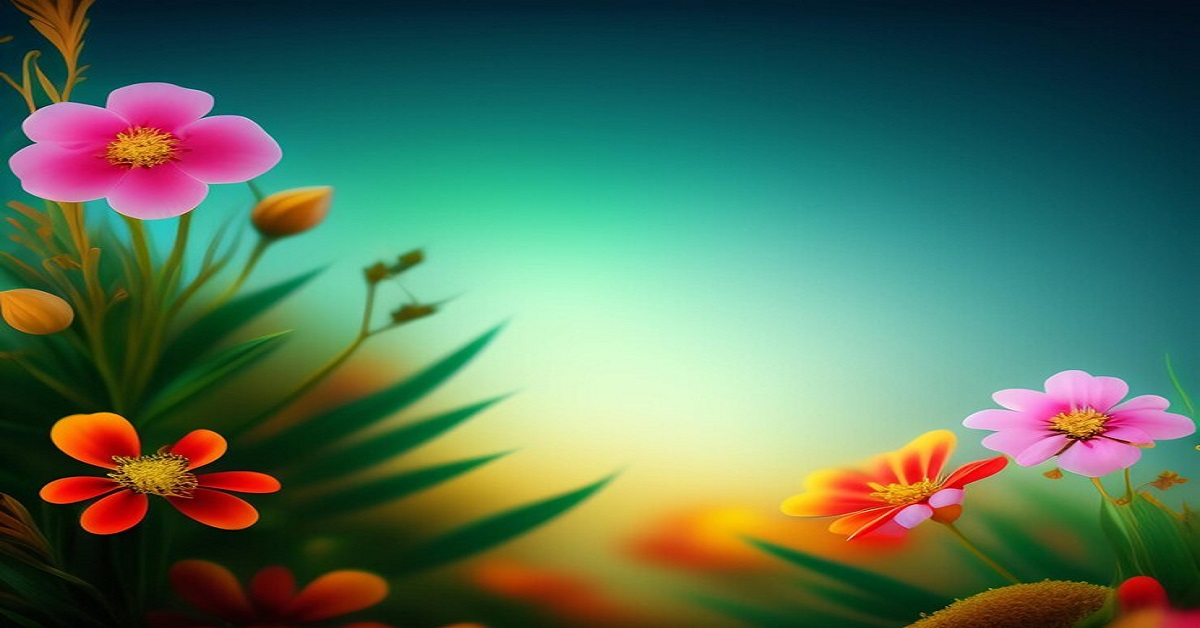Flowers, with their exquisite beauty and intricate designs, have captivated humanity for millennia.
From ancient gardens to modern-day bouquets, they remain symbols of love, beauty, and the ephemeral nature of life itself.
Eternal Elegance in Petals
At the heart of a flower’s allure lies its petals. These delicate, often vibrant structures come in a myriad of shapes and colors.
Each petal is meticulously formed to attract pollinators and ensure the continuation of its species. Whether it’s the velvety softness of a rose petal or the intricate patterns of a lily, petals embody nature’s penchant for elegance.
Symphony of Colors
One cannot discuss flowers without marveling at their kaleidoscope of colors. From the fiery reds of poppies to the serene blues of forget-me-nots, each hue carries its own symbolism and emotional resonance.
Flowers paint landscapes with their vibrant hues, transforming gardens into living canvases that uplift the human spirit.
Nature’s Sculptors: The Role of Pollinators
Beyond their visual appeal, flowers play a crucial ecological role as nature’s sculptors. Through the intricate dance of pollination, they facilitate the reproduction of countless plant species.
Bees, butterflies, and birds are among the many pollinators drawn irresistibly to flowers, ensuring biodiversity and the continuation of life itself.
Cultural Significance and Symbolism
Throughout history and across cultures, flowers have held profound symbolic meanings. The lotus in Eastern cultures signifies purity and enlightenment, while the rose in Western tradition symbolizes love and passion.
Whether adorning weddings, funerals, or celebrations, flowers transcend language barriers, conveying emotions with a subtlety and grace unmatched by words alone.
The Language of Flowers
In Victorian times, flowers were often used to convey complex messages, forming a silent language of their own. Each flower carried specific meanings, allowing individuals to communicate sentiments discreetly.
This symbolic tradition, known as floriography, illustrates the deep connection between humanity and the natural world.
A Fragile Beauty: Lessons from Transience
Despite their timeless allure, flowers remind us of life’s transience. Their brief existence serves as a poignant reminder to cherish every moment, for beauty, like life itself, is fleeting.
This ephemeral quality only enhances their allure, encouraging us to pause and appreciate the fleeting moments of splendor they bring.
Conclusion:
In conclusion, flowers stand as nature’s masterpieces, weaving together beauty, symbolism, and ecological significance into each delicate bloom.
As we continue to marvel at their elegance and diversity, let us also embrace the lessons they impart about the fleeting yet profound nature of life itself. Flowers not only adorn our world but also enrich it with their timeless grace and enduring symbolism.
